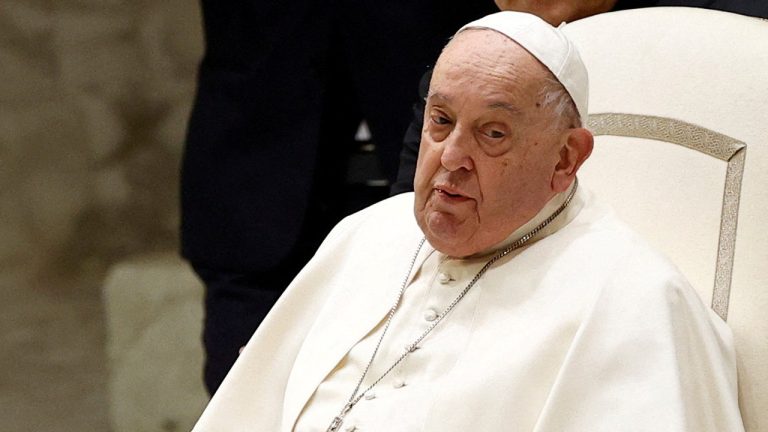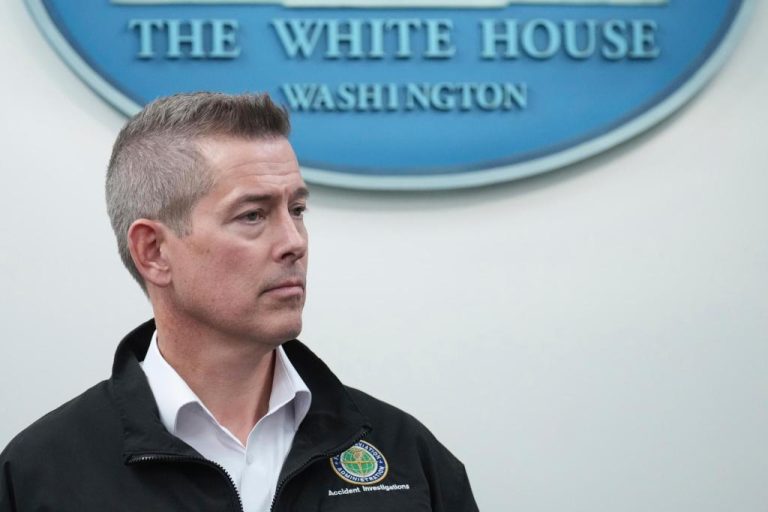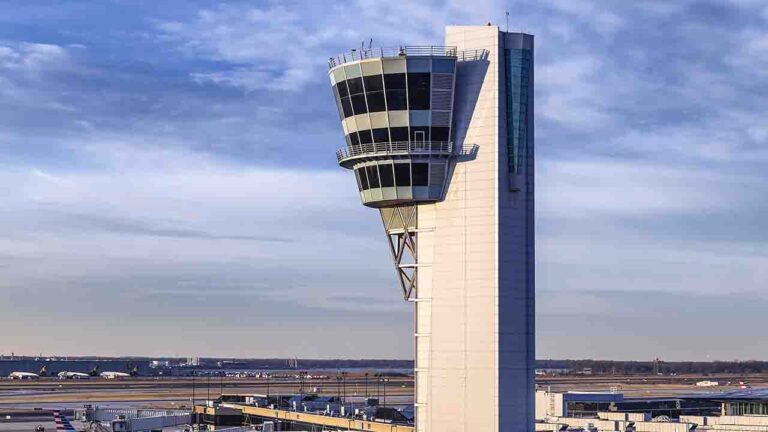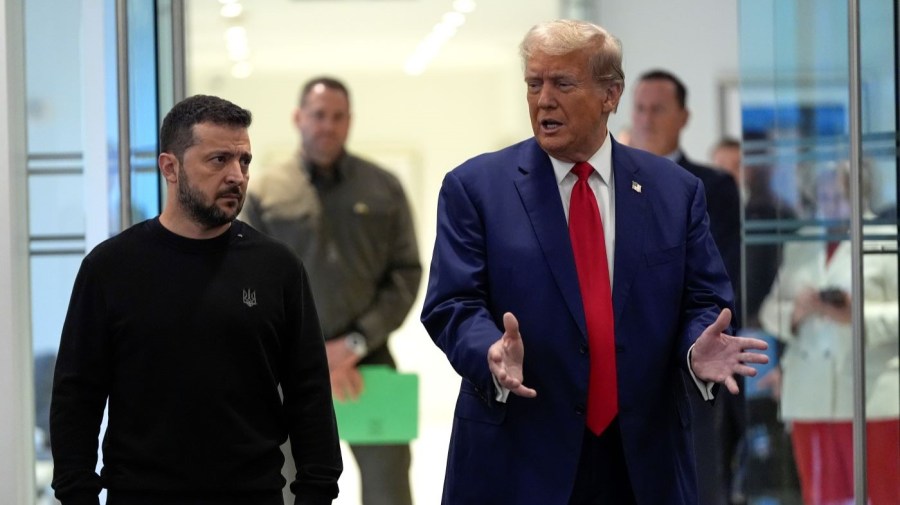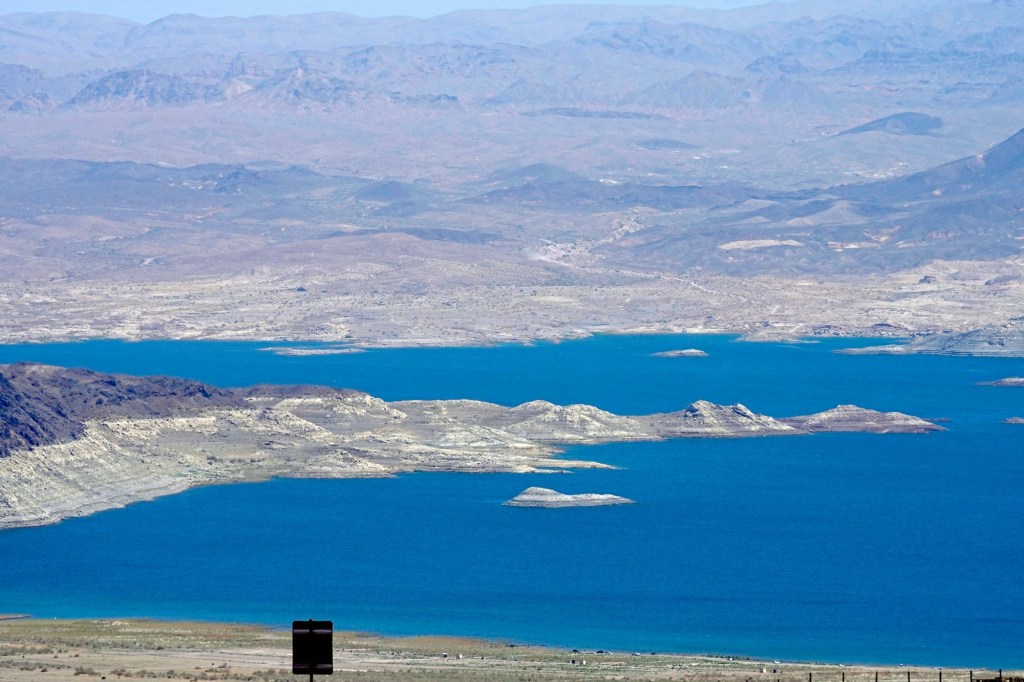

President Donald Trump’s recent order to release water from reservoirs into California’s Central Valley had no direct impact on San Diego.
But the new administration will be overseeing negotiations that will determine the future of a main source of the county’s water: the Colorado River. It’s anybody’s guess whether Trump’s unpredictable nature and penchant for unorthodox power moves — as he just exhibited — will be a factor.
Another question is whether new, intricate water transfers — such as one recently agreed upon by agencies in San Diego, Los Angeles and Imperial counties — will happen more often in the future. Such pacts rely on the availability of federal money, which also has become uncertain under Trump.
Trump has long been interested in seeing more California water go to agricultural interests and less to safeguard the environmental health of rivers and fish up north. That was essentially the rationale for the controversial reservoir releases, not the president’s pretense of providing more water to fight fires in the Los Angeles area. The fires were already contained and none of the water could have made it there.
One of the peculiar aspects of his action is it not only surprised people he ostensibly was trying to help, but it made them nervous. According to various reports, farmers want to keep the water stored for the warmer months when they’re doing most of their irrigating, though the release may have helped replenish some depleted groundwater sources.
In an interview, Dan Denham, general manager of the San Diego County Water Authority, emphasized the regional nature of Trump’s move.
“There’s no immediate local impact as the result of the recent actions,” Denham said.
He noted that San Diego largely relies on the Colorado River, desalination and recycling operations and other local sources for water.
The Colorado River water comes through a landmark deal hatched more than 20 years ago between the water authority and the Imperial Irrigation District, among others. The recent smaller transfer agreement among San Diego, IID and the Los Angeles-based Metropolitan Water District of Southern California was built off that earlier pact.
After Trump defeated President Joe Biden in November, some Western water officials said they expected a steady transition on negotiations about how to divide water from the Colorado River, which has been overdrawn for years and is experiencing shrinking flows. The 1,450-mile river provides water to about 40 million people in the U.S. and Mexico.
After agreeing to some interim reductions, the river stakeholders are facing an August 2026 deadline to reach a new, broad agreement. Denham said it’s too early to know what kind of approach the new administration will take.
But his greater concern, for the moment, is what kind of progress the seven Colorado River basin states can make on an agreement to present to the administration. Negotiations hit an impasse in December.
“The problem is the upper and lower basin states are on completely different pages,” Denham said.
It’s water and therefore it’s very complicated. But essentially there’s a conflict between the “upper” states of Colorado, New Mexico, Utah and Wyoming, where most of the water is generated, and the “lower” states of Arizona, California and New Mexico, which are major users. There’s further competition among the lower states for their share of the water.
“I believe we’ve got to figure this out on our own before the federal government comes in and drops the hammer” forcing an agreement, he said. “That’s not a good outcome.”
There was that threat under Biden and likely would have been under Kamala Harris, had the former vice president defeated Trump.
Trump is known for keeping track of who has opposed him, however. California, Colorado and New Mexico all went for Harris in November. But retribution here could be tricky, assuming Trump wouldn’t want to harm regions where he won strong support, such as the Central Valley.
At the very least, Denham said he is hoping that if the states make enough progress by the deadline, there would be a willingness to roll over the existing river agreement for another year. He noted the negotiations have been going on for some eight years.
There’s also the prospect of this all winding up in court if an agreement can’t be reached, something all parties say they want to avoid but are nevertheless preparing for.
“That certainly seems to be on everybody’s mind,” Denham said.
The eventual resolution to the Colorado River dilemma, and the Trump administration’s influence on it, remains to be seen, as will its impact on San Diego.
Nevertheless, Denham will continue to push for transfer agreements similar to the one hatched by the water authority, IID and Metropolitan. That deal will bring less expensive water to San Diego, though ratepayers still face a future of increasing water fees.
Parenthetically, Denham said he didn’t think the recent forced exit of Metropolitan’s top administrator, Adel Hagekhalil, would affect that agreement, or the water authority’s and Metropolitan’s efforts to move on from their antagonistic, litigation-filled past.
“The relationship is the best it’s probably been in two decades,” he said.
Denham said the flexibility of such transfers is needed amid the new reality of climate change “whipsaw” between extended droughts and shorter periods of extreme rain and snow.
“Everything we did in the past has to be done differently,” Denham said.
Yet the Western water system is steeped in a history of rigid rules and laws, rivalries, and actual fights over a limited resource.
As for what the future holds, Denham said, “All of this, I feel, is in flux.”
What they said
Associated Press on Tuesday.
“We were informed by the White House that if AP did not align its editorial standards with President Donald Trump’s executive order renaming the Gulf of Mexico as the Gulf of America, AP would be barred from accessing an event in the Oval Office. This afternoon AP’s reporter was blocked from attending an executive order signing.”



